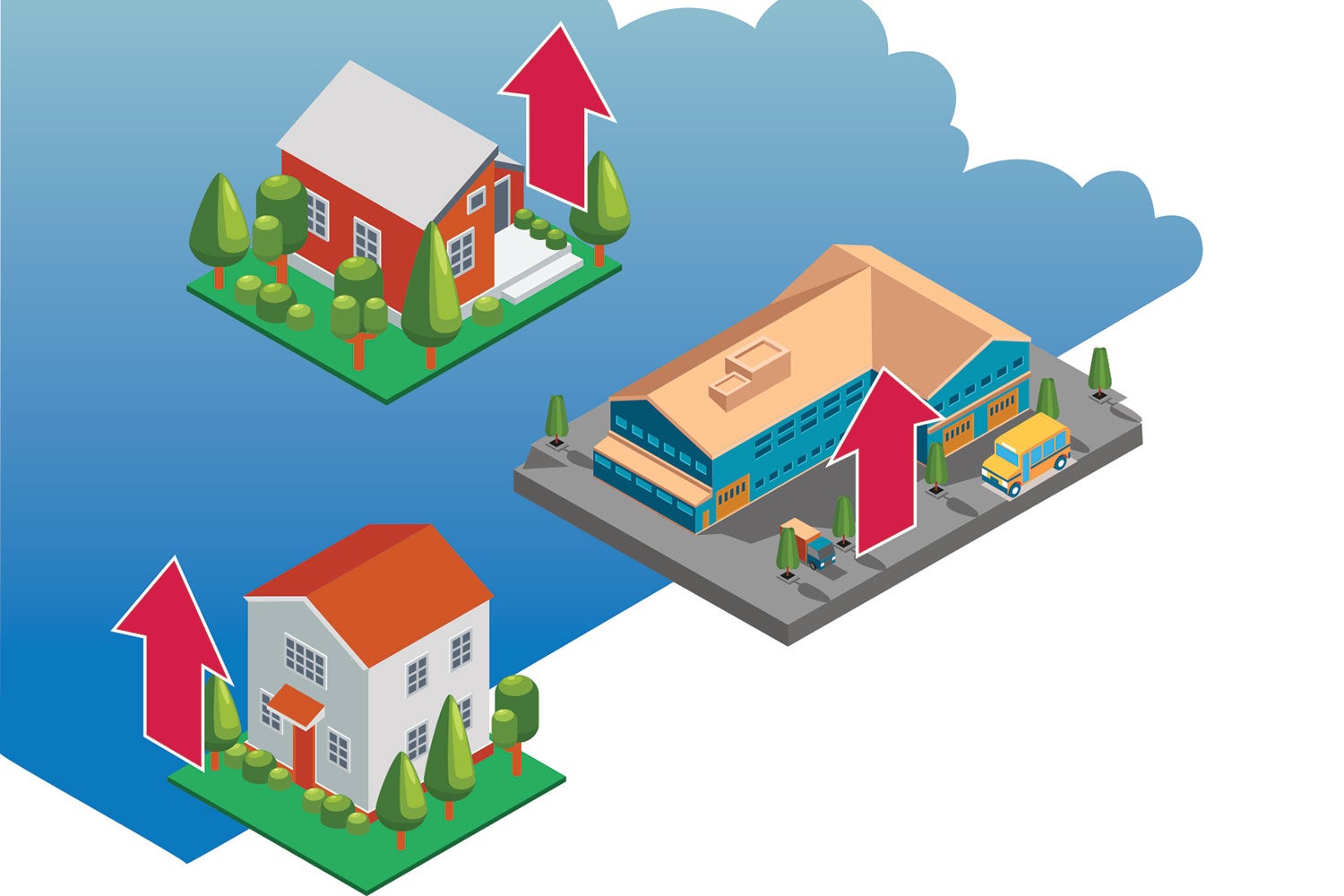
Radon is a radioactive gas found naturally in the environment. It is also the leading cause of lung cancer in non-smokers, causing over 3,200 Canadian deaths each year. This Radon Action Month, we’d like to tell you how radon gas makes its way into your home, its risks, and how to protect yourself and your family best.How is radon gas released?A soil gas that can be found at elevated levels in certain homes, radon is released into the air during the natural breakdown of uranium in rocks and soil. It enters homes and buildings through any place in contact with the soil, such as small cracks in the foundation, construction joints, gaps around service pipes, floor drains, and sumps. You can’t see, smell, or taste it.Is radon gas dangerous?Yes. The Canadian guideline for radon in indoor air is 200 Bq/m3, and the Government of Canada recommends that any home with a radon level above 200 Bq/m3 should take action to lower their level.This is because, in enclosed spaces like homes or offices, it can accumulate to high levels and become a health risk.Radon exposure doesn't cause symptoms, and unless your indoor space is tested for high radon levels, you may not realize that you are being exposed to dangerous levels of radon.What are the health risks associated with radon exposure?When radon levels indoors reach high concentrations, people with long-term exposure to these levels have an increased risk of developing lung cancer.Radon causes about 3,200 lung cancer deaths annually in Canada and is the second leading cause of lung cancer after tobacco smoking.People who smoke have an even higher risk of lung cancer from radon exposure than people who don't smoke.How can I protect myself and my family from radon exposure?According to Health Canada, here are some steps you can take to protect yourself and your loved ones from radon exposure.
- Test for the long-termRadon levels in a home can vary hourly and daily, so the most accurate way to find out if you have a problem is to measure radon levels in your home for at least three months during the heating season (fall or winter).There are two options for testing a house for radon: one is to purchase a do-it-yourself long-term radon test kit, and the other is to hire a certified radon measurement professional.
- Lower your home’s radon levelsTechniques to lower radon levels are effective and can save lives. If your radon level is higher than the Canadian Guideline of 200 Becquerels per metre cubed (Bq/m3), you must reduce it. Radon levels in most homes can be reduced by more than 80 percent for about the same cost as other common home repairs, such as replacing the furnace or air conditioner. Find out how.
- Choose a certified radon mitigation professional.
Source: CREB